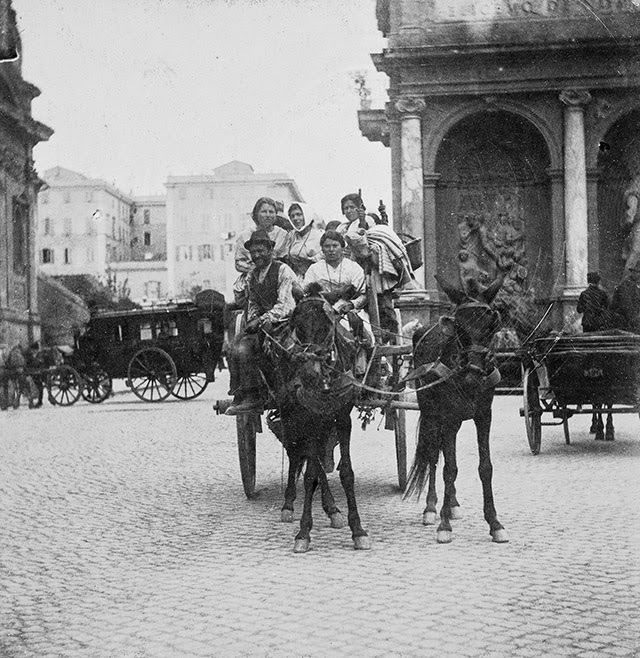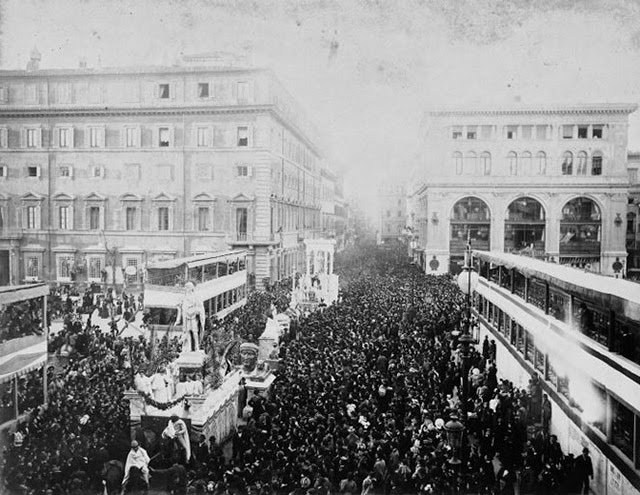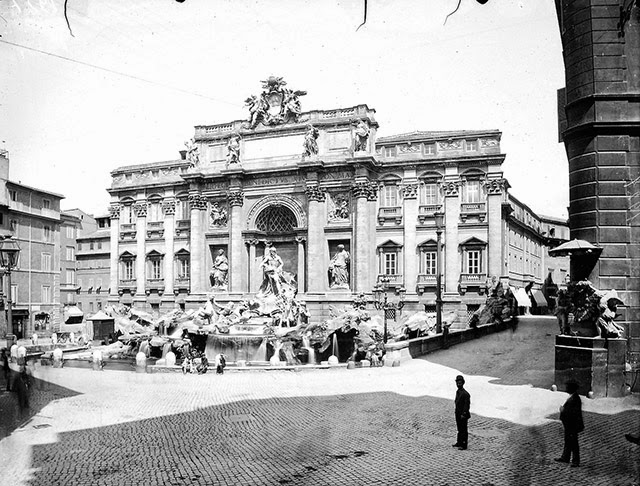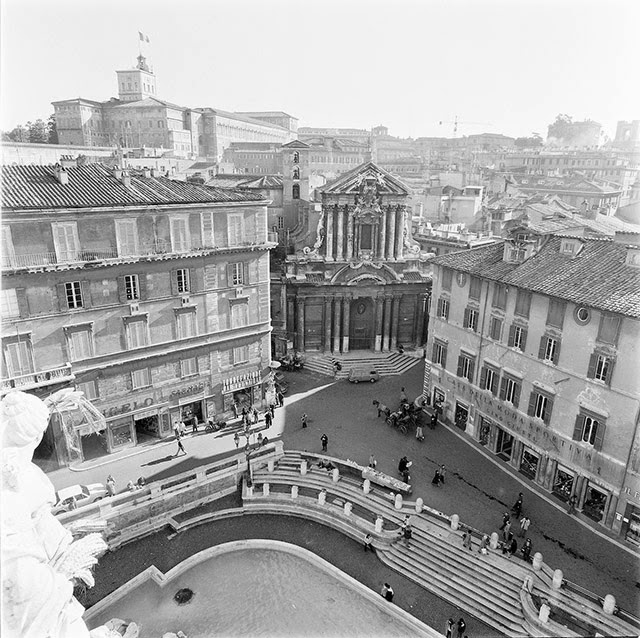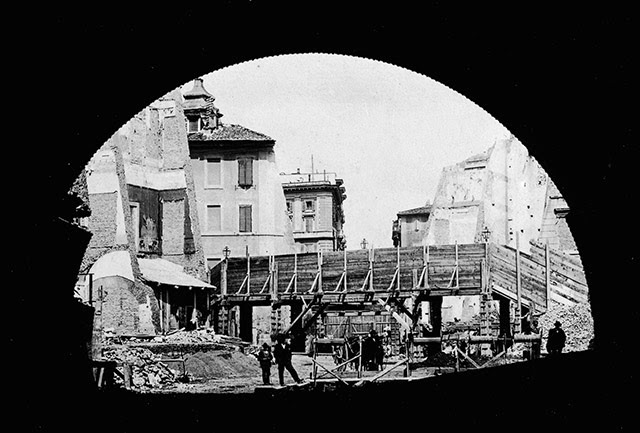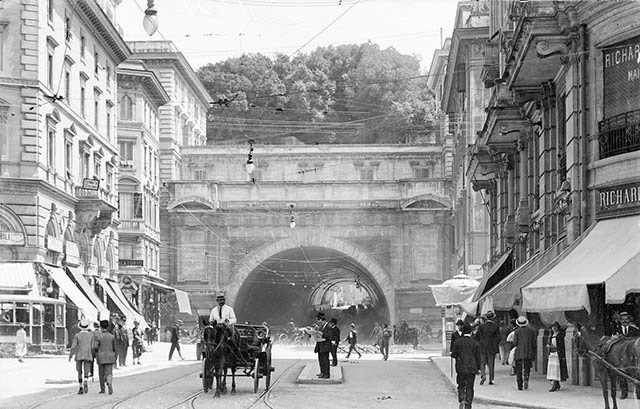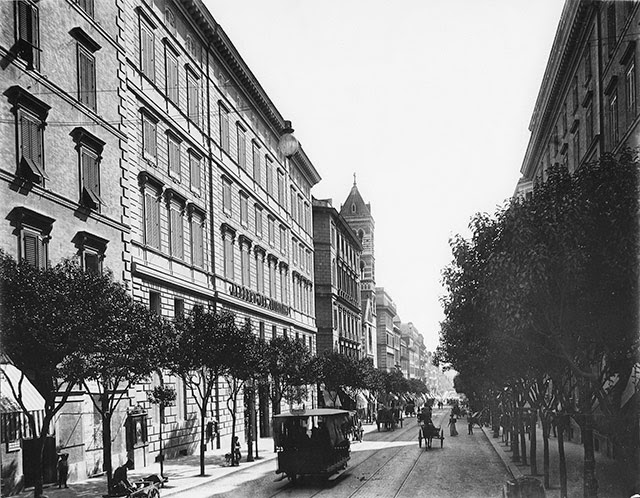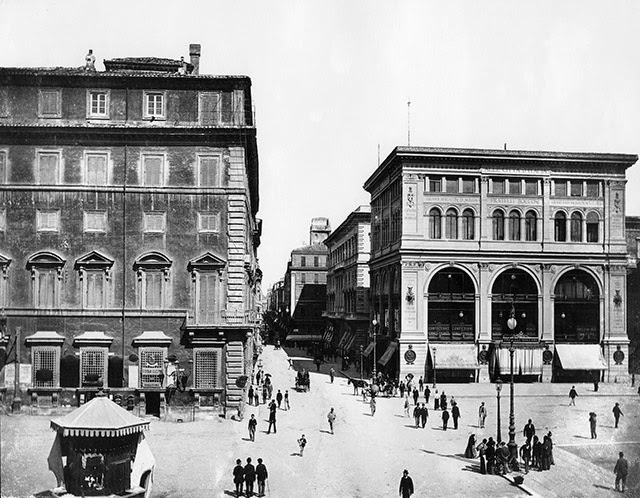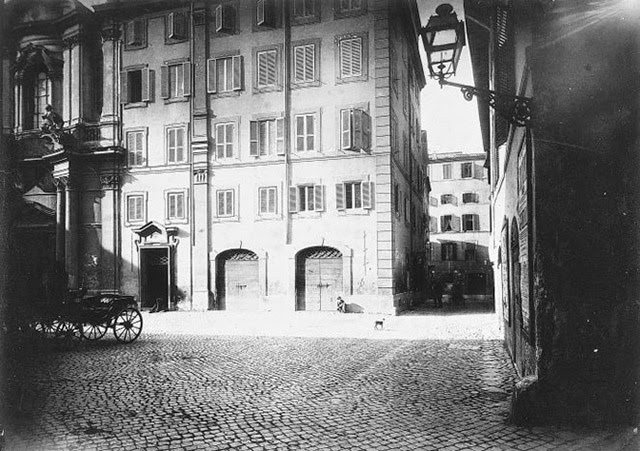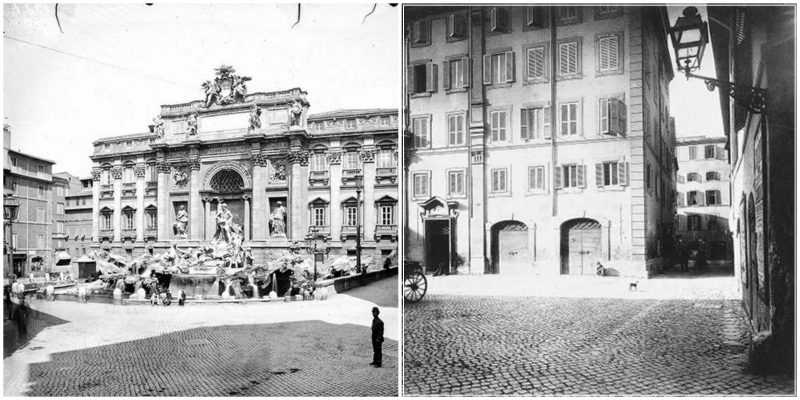The city of Rome originated as a village of the Latini in the 8th century BC. It was initially ruled by kings, but the Roman Republic was established in 509 BC. During the 5th century BC, Rome gained regional dominance in Latium, and eventually the entire Italian peninsula by the 3rd century BC. The population of the city at this point is estimated at about 300,000 people.
With the Punic Wars, Rome gained dominance over the Mediterranean, displacing Hellenistic Greece as the dominant regional power for the next five centuries. The Roman Empire was established under Octavian in 27 BC, after Julius Caesar’s conquest of Gaul, followed by a period of civil war. The city of Rome now surpassed a population of one million, likely the first city in history to reach this size (compared to world population of about 200–300 million at the time).
We found an amazing collection of old photos depicting the streets of the “Eternal City” Rome, from the late 19th Century.
Take a Look.
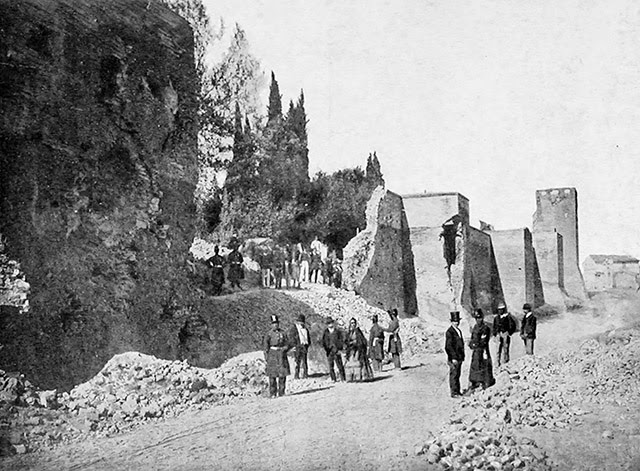
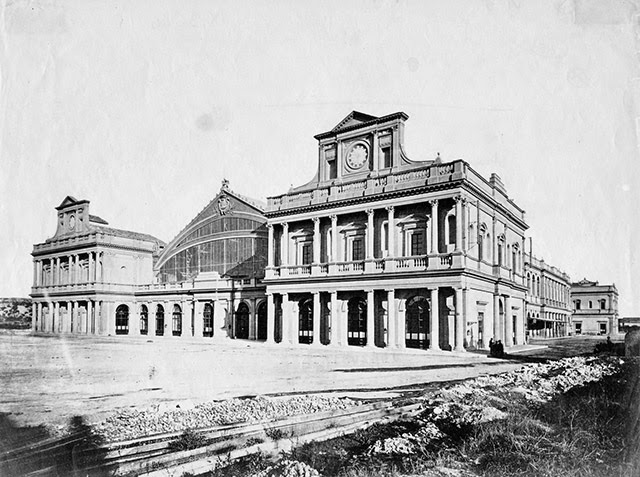
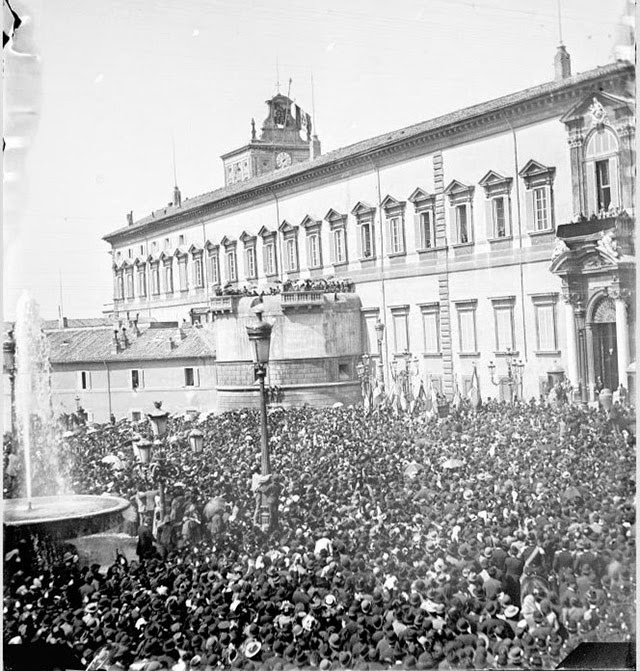
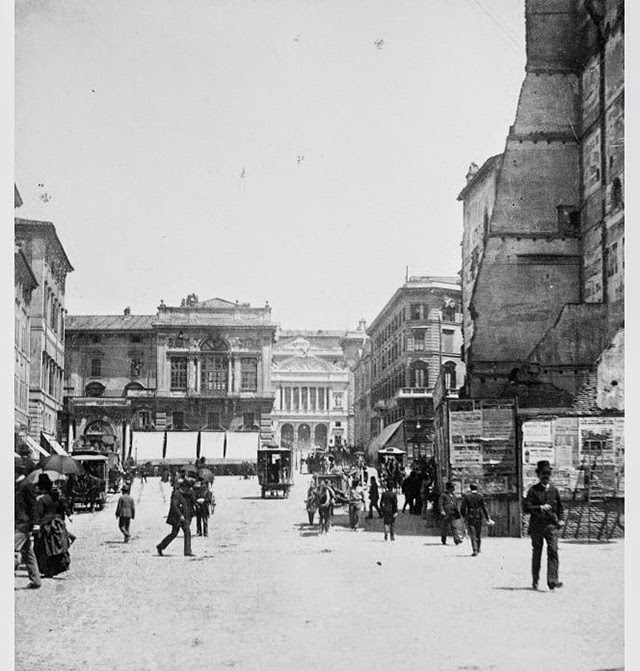
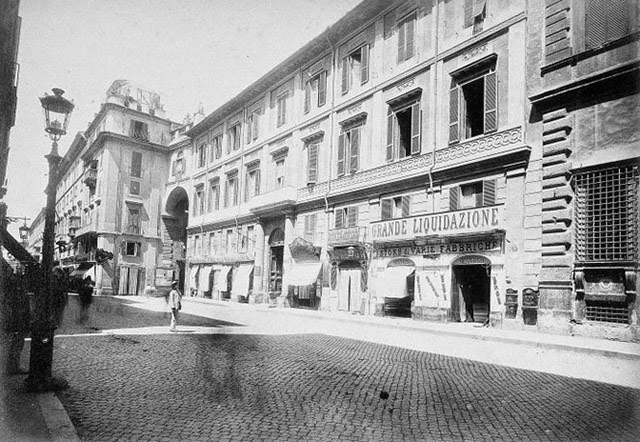
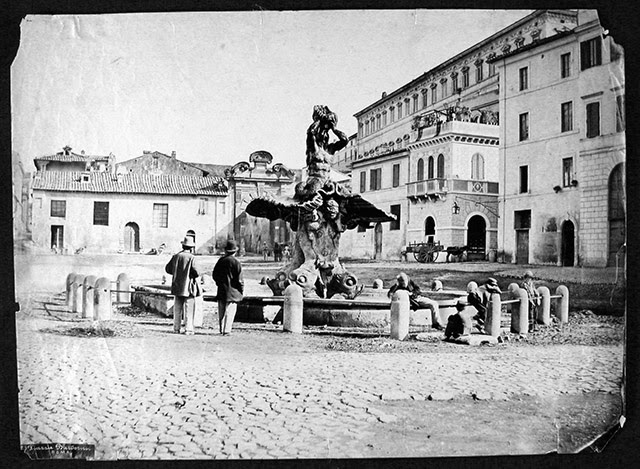
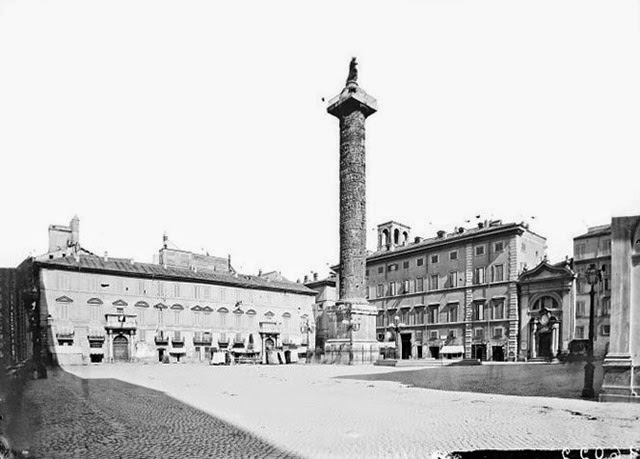
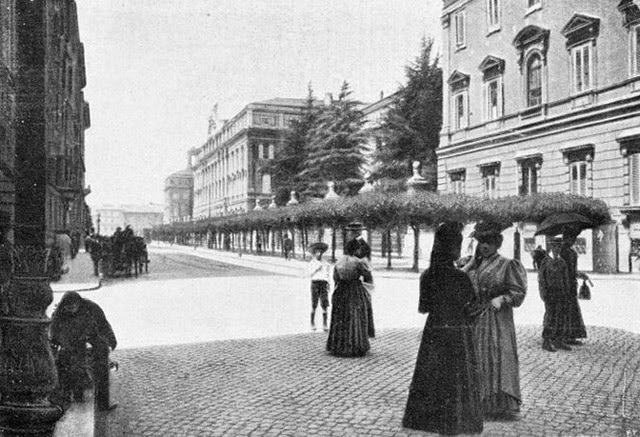
In 1870, the Pope’s holdings were left in an uncertain situation when Rome itself was annexed by the Piedmont-led forces which had united the rest of Italy, after a nominal resistance by the papal forces. Between 1861 and 1929 the status of the Pope was referred to as the “Roman Question”. The successive Popes were undisturbed in their palace, and certain prerogatives recognized by the Law of Guarantees, including the right to send and receive ambassadors. But the Popes did not recognise the Italian king’s right to rule in Rome, and they refused to leave the Vatican compound until the dispute was resolved in 1929. Other states continued to maintain international recognition of the Holy See as a sovereign entity.
The rule of the Popes was interrupted by the short-lived Roman Republic (1798), which was under the influence of the French Revolution. During Napoleon’s reign, Rome was annexed into his empire and was technically part of France. After the fall of Napoleon’s Empire, the Papal States were restored by the Congress of Vienna, with the exception of Avignon and the Comtat Venaissin, which remained part of France.
